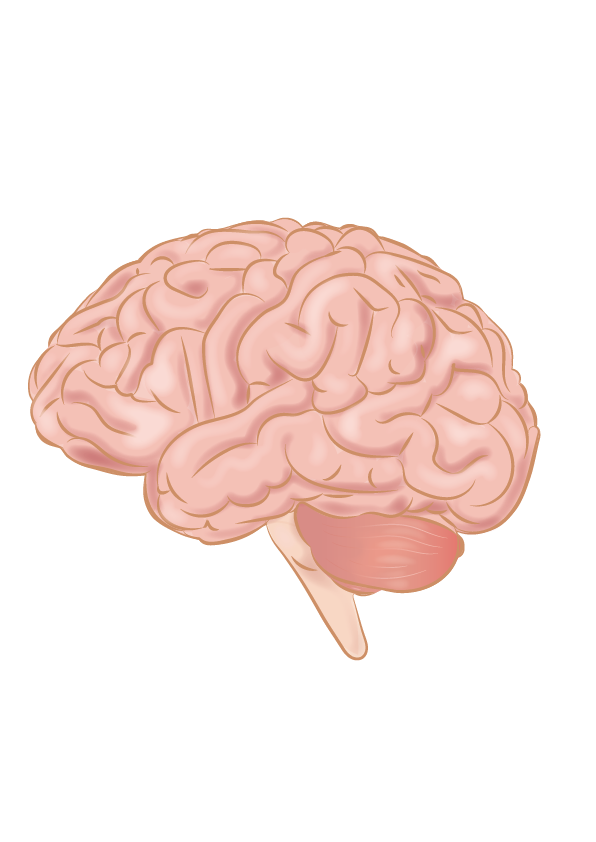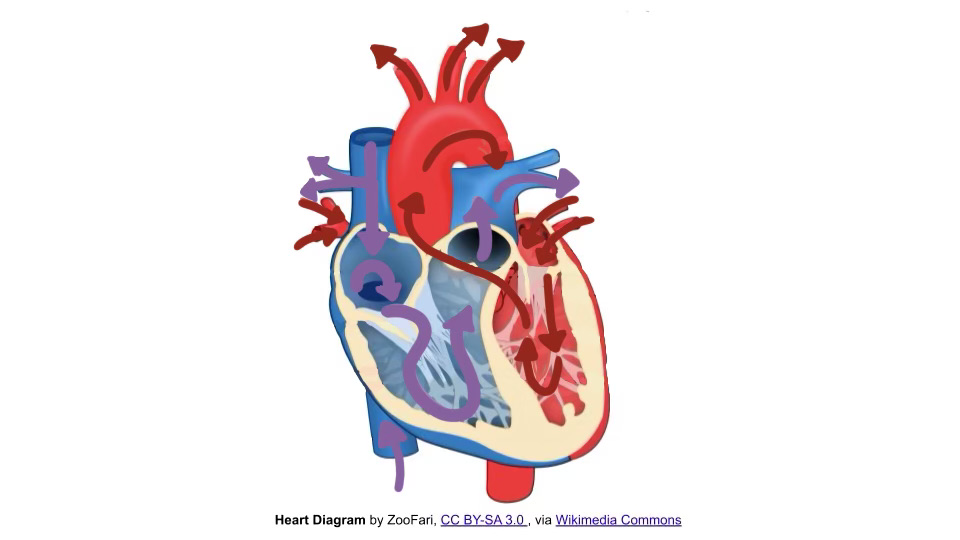A big debate exists regarding whether creationism can coexist with evolution. The theory of evolution has had its own “evolution” throughout history to help understand biodiversity today.
Ideas regarding evolution have existed long before Charles Darwin, the father of evolution, and date back to the ancient Greeks who described evolution as a “state of nature.” This conception of evolution discusses the more spiritual hierarchy and nature of life, as Aristotle categorized all living beings into different levels of consciousness — with plants at the bottom of this spectrum, and humans at the peak of consciousness.
Referred to as the Great Chain of Being, this teleological view — viewing the end as a justification for the process — of the nature of the universe was later incorporated into religious teachings by medieval philosophers like Saint Augustine, who credited “the hierarchy of consciousness” to God, while placing great importance on the purpose and significance of individuals deemed by God.
This is a good look into why there is modern-day conflict between believers of teleological perspectives and believers of current scientific perspectives, as modern science prefers to see evolution as an observable phenomenon of nature in which change in species is purely mechanical.
Throughout the medieval ages, evolution saw little development since divine nature was considered the instigator of all change. It was only in the 18th century that many intelligent individuals helped theorize evolution. Based on Descartes’ work, which stated that the nature of all biotic and abiotic factors was solely mechanical, German rationalist philosopher Gottfried Leibniz worked to incorporate both mechanical and teleological perspectives of evolution by discussing the continuous nature of life.
He described how, based on the direction of a supreme being, intermediate beings must exist in a continuous sequence. This argument was problematic as it positioned God as a divine authority that didn’t enter the natural order but transcended it.
Another German philosopher by the name of Herder contributed to Leibniz’s philosophy of continuous development by discussing the gradual transformation from lower to higher forms of life and intellect. Other philosophers contributed to the evolution of this idea, such as Goethe’s works on metamorphosis in plants and Kant’s brief but clear discussions on how chimpanzees may develop organs for higher, human-like functions. What’s important to understand is that there are many individuals before and after Darwin who contributed to today’s understanding of evolution.
Finally arriving to the definition of evolution that is more commonly used today is Darwin’s Theory of Evolution, with “survival of the fittest” being the more well-known, yet cruder, interpretation; evolution is more complex than that. Darwin’s Theory of Evolution was proposed in On the Origin of Species in 1859 and set up the basic framework for how evolution would be understood. With lack of any genetic knowledge, Darwin’s theories of natural selection were based purely on observation and were built on the premise of a common ancestral tree.
The concept of common ancestry contrasts Aristotle’s Great Chain of Being, in which each individual was created for a purpose. Darwin would later argue this point by claiming that humans originated from a primordial primate in The Descent of Man, published in 1871.
Throughout the mid- to late 1800s, discussions of evolution increased in the scientific community, as did protest from religious groups.
The educational system even prohibited teaching evolution, causing conflict for teachers who chose to teach it anyway, like in the State of Tennessee vs. Scopes trial in 1925. This conflict would prove significant as it would encourage religious people in the scientific community to address religious texts and acknowledge that some religious texts support the existence of evolution.
The conflict also helped in the later years of the 1900s, as federal legislation continued to emphasize that laws must be based on a secular basis and to neither promote nor inhibit religion. While several other cases were held fighting for and against the education of evolution and creationism, the trials helped shape a legal system that allowed freedom of scientific education without the religious interference while religious freedom could be exercised outside of the required general education.
It is pertinent to remember that Darwin’s Theory of Evolution at the time did not incorporate “survival of the fittest” for anything outside of observation. This made room for future investigations regarding the fitness of genetics, the fitness of individuals and the fitness of entire species and how this affected natural selection.
Continuous investigations into fossil records, genetic studying and other studies across a multitude of fields contribute toward an even more thorough understanding of evolution.
While it is evident that evolution clashed with teleological approaches to development and natural selection, a think tank in Seattle promoted the possibility of an intelligent design responsible for evolution, arguing that life is too complex to have evolved to this point without the external assistance of some foreign source, either divine or alien.







